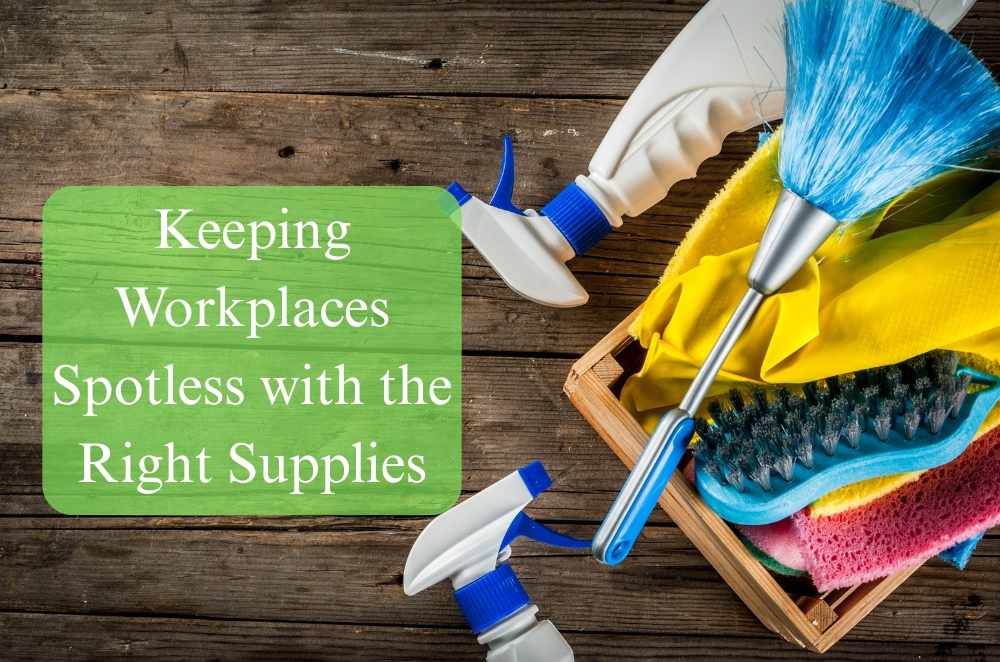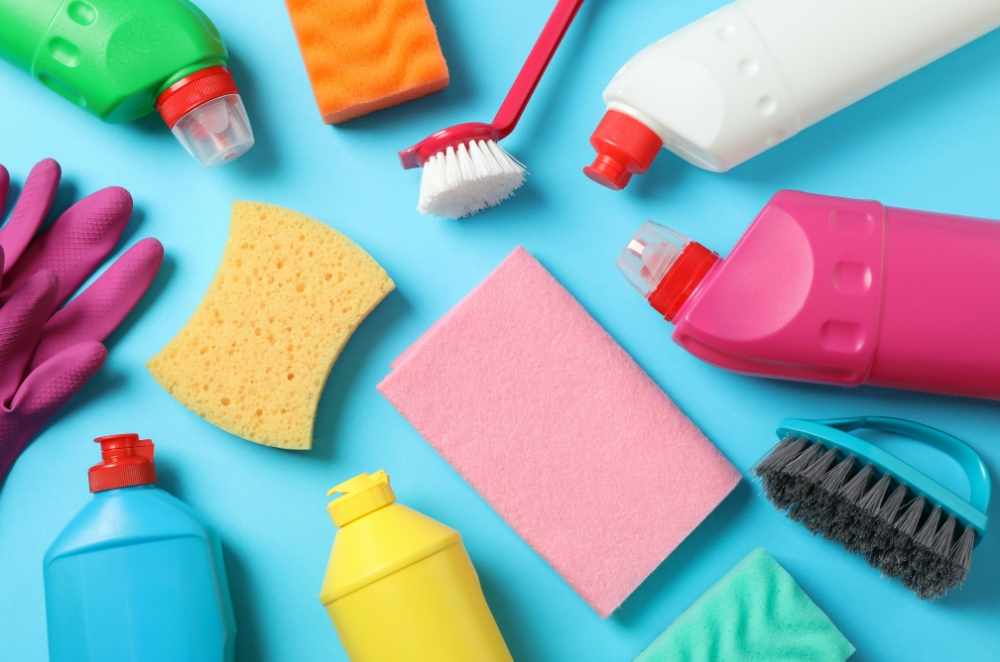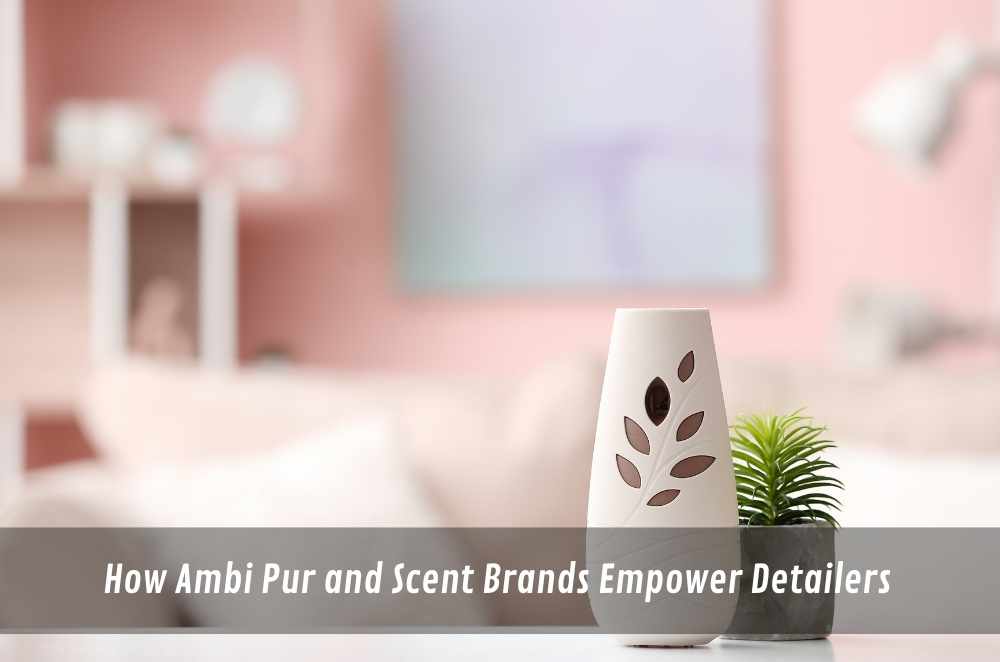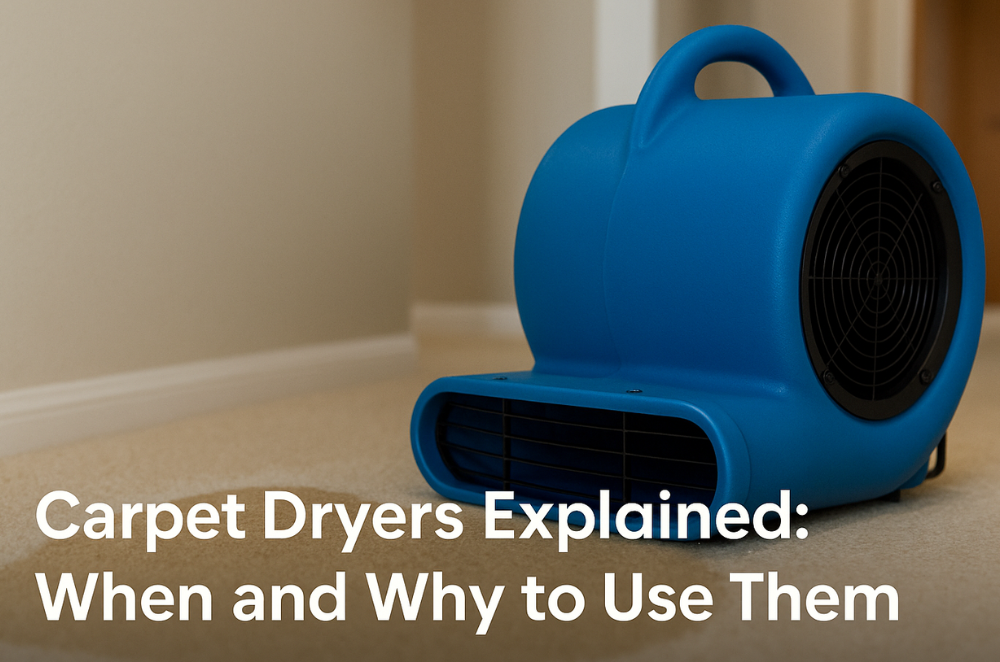
Walk through any busy workplace and you’ll notice it: the bits of dust that collect near baseboards, fingerprints on glass, the faint whiff of cleaning agent that says someone’s on top of the place. Keeping everything genuinely spotless, though, is more than a checklist. Some places chase perfection with elbow grease; others build their routines around the right gear. When teams decide to buy cleaning supplies in bulk, it’s rarely about just saving money—it’s about getting consistency and covering all the bases, even on tough days. Industry keeps shifting. Big names like Nilfisk, Tennant, and Kärcher have reshaped cleaning with their focus on efficiency and adaptability—touchless tech, better filtration, safer storage. Within this mix, suppliers such as AC Cleaning Supplies just get on with the practical details: inventory, product specs, and straightforward processes for the people who rely on them, rather than chasing trends or marketing hype.
Sizing up what needs cleaning (and how)
It’s funny how easy it is to walk past the same scuffed corner day after day, thinking you’ll get to it eventually. Before buying, it pays to slow down and see the place with fresh eyes.
Run a finger along ledges and window sills—not just tabletops
Watch the busiest entry and exit points during the rush, and count the number of handprints or muddy footprints
List what surfaces matter most—bathroom tiles, kitchen benches, desks, or display areas
Ask cleaning staff for their “trouble spots”—everyone has a few
I remember one manager who set a timer and walked the building at the same hour, twice a week. It changed what she noticed, especially as seasons shifted and needs changed. Those little discoveries shape smarter purchasing every time.
Picking products for real life, not just the label
It’s tempting to chase whatever’s cheapest on the invoice. But the real world is messier—different surfaces, different spillages, different rules for every workplace.
A multi-purpose spray might be good for desks, but streaky on glass
If people have allergies, you’ll want hypoallergenic wipes on hand
High-traffic spaces eat through floor cleaners; kitchens go through degreasers fastest
Labels matter—especially when you need to train new staff quickly
We tried a discount brand once. Looked fine on paper. But it didn’t cut through greasy lunchroom mess, so the job took twice as long. We circled back to trusted basics, paid a bit more, and suddenly it all just worked. Not every cheap fix saves money in the end.
Following the regulation of cleaning products
It’s easy to ignore the fine print—until an inspector or auditor asks the hard questions. Compliance isn’t just a checkbox; it’s about keeping everyone safe and out of trouble. The details around regulation of cleaning products can affect what you buy, how you use it, and where you store it.
Always check for up-to-date safety data sheets before stocking up
Look for approved labels, especially for disinfectants used on food-contact surfaces
Store chemicals securely—no leaking bottles under the sink
Set reminders to review products as rules shift, especially for workplaces handling sensitive environments
After one compliance review, we realised a popular spray had been discontinued for safety reasons. Glad we caught it before restocking, but it was a lesson in checking regulations before pressing “buy.”
Bulk buying—finding the balance, not just the lowest price
Buying big can save a fortune, or tie up budget and storage for months on end. I’ve seen both sides—one year we ordered too much, another we ran out and paid double for express restocks.
Track usage for at least a month before you guess how much you’ll need
Watch expiry dates on liquids, especially things that separate over time
Split orders with another site if you can’t store everything yourself
Label the shelves and rotate stock so older items get used first
There’s more to learn about how businesses handle these buying decisions, and the reality is not always obvious. Understanding how businesses save on cleaning products gives you an idea of just how different strategies play out, from small shops to big companies.
Choosing what to look for in cleaning products (beyond price)

It’s not just what’s on the bottle; it’s what happens after the first use that counts. Sometimes, the “fancy” option gets results that outlast five of the cheap ones.
Test on a small patch before rolling out across the whole site
Gather comments from staff—what did they like, what went wrong, did it make the job faster?
Some products work wonders on vinyl, but eat into polished stone
Keep the packaging—batch numbers help if there’s a recall or complaint
There’s good guidance out there, and reviews can help spot trends before they hit your inbox. Knowing what to look for in cleaning products for a few real-world questions that don’t always make it onto the sales sheet. After a mix-up where we used the wrong spray on our new whiteboards (ruined one, honestly), we set up a policy to check every label, every time.
Systems and routines—what actually keeps a place spotless
You can have the right stock and still fall short if the plan falls apart. I’ve seen setups where cleaners invent their own ways of keeping up—sticky notes, old clipboards, or just a sharp memory. Sometimes that works, until it doesn’t.
Build a simple checklist—on paper, on a phone, doesn’t matter
Keep spare clothes, gloves, and bins easy to grab at busy times
Use clear, shared logs when restocking so nothing gets missed
Have a plan for feedback—if a product stops working, switch fast
When the routine breaks down, it’s always in the details. A forgotten soap dispenser, a mop head left too long, a supply cupboard no one checks till it’s empty. Over time, the teams that stick to the basics, review what’s working, and swap out what isn’t, are the ones whose spaces stay clean—even on the worst days.
Keeping it spotless: slow work, steady hands
There’s no secret weapon. Clean workplaces are built over time, with habits that stick. The “perfect” product is just one piece—what lasts is the way people notice, report, and adjust. It’s not glamorous, and it’s never finished, but when it works, the difference is obvious. The spotless feeling comes not from a single scrub or fancy new spray, but from the boring, invisible routines that no one sees—except, of course, when something slips. That’s the reality of the job: always another mark to wipe, another system to tweak, another small win at the end of the day.







Write a comment ...